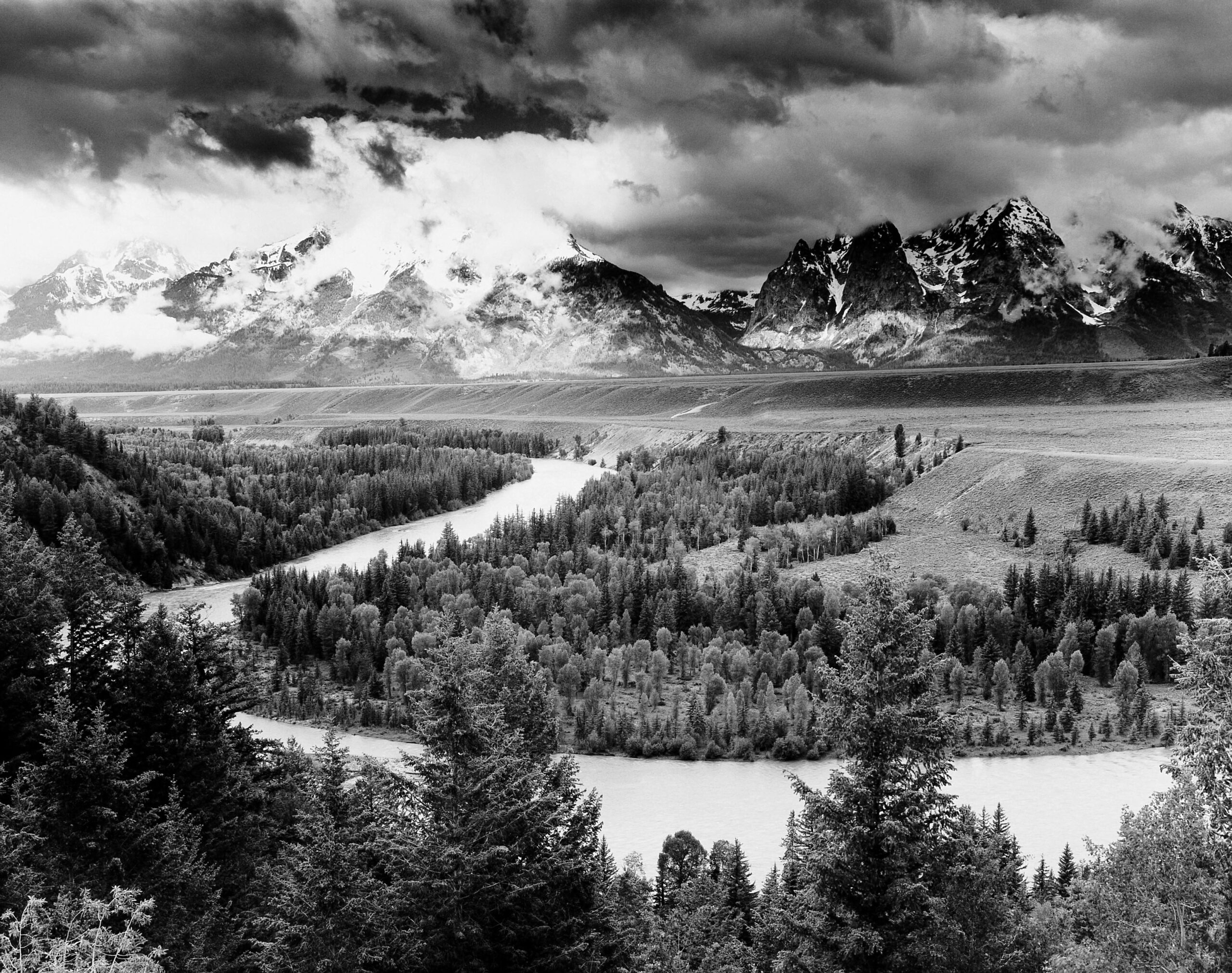Not surprisingly, global warming is getting the blame for drought conditions in many parts of the American West. For example, in the January 31, 2003, issue of Science, researchers from the National Oceanic and Atmospheric Administration(NOAA) reported that recent droughts in the West are caused at least partly by global warming-induced rises in western Pacific and Indian ocean temperatures. Pointing to data between 1950 and 1995 showing that snowpack accumulation in the Cascade Mountains had decreased 50 percent, Todd Myers of the Washington Policy Center said, “In a state where salmon, hydroelectric power, and water resources generally depend on snowpack, the claim is a potential blockbuster.”
Before jumping on the mayor’s bandwagon, however, it is important to note just how careful we must be in making causal inferences based on selected data. The Washington Policy Center reports that Associate State Climatologist Mark Albright saw different trends in the data, casting doubt on the mayor’s “blockbuster.” In a memo to scientists at the University of Washington, Albright suggested that there may have been some “cherry picking” with the 1950 to 1995 data. As he put it,
I believe a more accurate statement would be along the lines of 1) The average snowpack in the Cascades has increased over the past 30 years in spite of the steady upward trend in global temperature, or 2) Long term data indicates no signifcant trend in Cascade Mtns snowpack over the past 90 years, or 3) The snowpack (1997–2007) at Mt. Rainier Paradise has increased 11% since the 1940s.
For his reinterpretation, he was told that he could no longer use the title of Associate State Climatologist.
Such controversies permeate the global warming debate because it has become so politicized. In the case of water supplies in the American West, for example, there is nothing more political than the plumbing system created by the Bureau of Reclamation and Corps of Engineers. As moisture patterns shift, whether due to global warming or other causes, agricultural users may find their irrigation water gone, salmon may be left high and dry, and hydroelectric producers may be called on to replace more fossil fuel production. Making these tradeoffs in the context of the West’s water pork barrel, however, will not be easy.
For this reason, stories such as those in this issue of Reports none of the proposed global warming policies, including doing everything proposed in the Kyoto Protocol, will have any meaningful effect on temperature or sea level changes. Moreover, predictions of local impacts of global warming as indicated by the above example are less than precise—making governmental planning problematic.
Assuming that predictions from the global warming models regarding higher temperatures and increased variance in precipitation patterns come to pass and that there is little we can do to reverse the predicted trends, the best alternative is adaptation. For centuries markets and their prices have led demanders and suppliers alike to adapt to food shortages and abundances, to energy crises, and to weather patterns. The same will be true for global warming impacts if we let the invisible hand of the marketplace do its work.
Specifically, in the case of changing water supplies, markets have the potential to encourage adaptation if water rights are clearly defined and transferable. For decades western farmers and ranchers have transferred water rights between one another to accommodate variable stream flows. More recently, growing demands for environmental water uses such as pollution dilution or instream flows for fish and wildlife have been met through willing buyer-willing seller trades. Traditional “use it or lose it” rules are being modified to allow irrigators to transfer their rights, permanently or temporarily, to instream flows. In Idaho, for example, the 2007 legislature unanimously approved the Wood River Legacy Project, which allows ranchers to temporarily dedicate their irrigation water to instream flows without the risk of losing their diversion rights. Between 1998 and 2005, approximately 6 million acre-feet of water in the West were restored to instream flows through leasing, permanent transfers, and donations.
Where water prices signal the true scarcity value of water, people find innovative ways to conserve and trade; where prices do not reflect scarcity value, water is wasted and political battles rage. Opening markets to non-traditional environmental uses is a major step toward making prices reflect alternative values. The more that we reform legal institutions to lower the cost of water transfers from one use to another, the more we can adapt to changing demands and supplies regardless of what is causing those changes. With water markets, Mark Twain’s adage that “whiskey’s for drinkin’ and water’s for fightin”’ transforms into “water’s for tradin’ leavin’ more time for drinkin’.”
Correction: In the original version of “On Target,” the author of the quote in the first paragraph was wrongly indentified.



